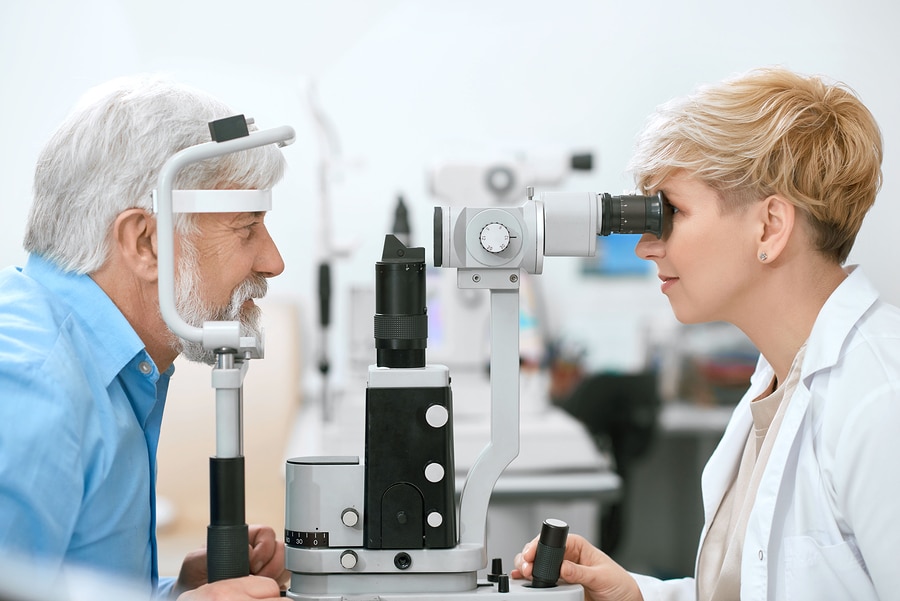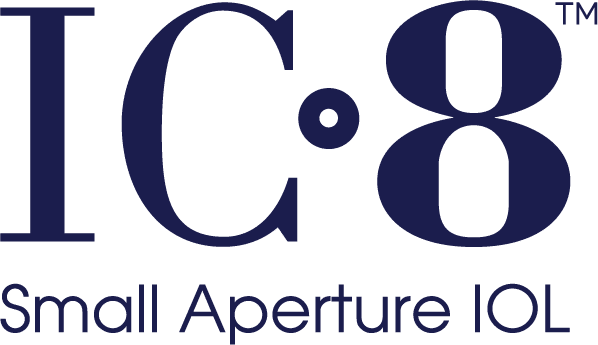
When the proteins in the eye start to breakdown and clump together (typically sometime after age 40), the eye’s natural lens becomes cloudy. The cloudy area is known as a cataract, and it can cause vision to appear blurry or hazy.
Fortunately, an eye doctor can detect a cataract early on as part of a comprehensive eye exam. In fact, an eye exam encompasses much more than determining if you need glasses or contact lenses. An eye doctor can evaluate the overall health of your eyes from front to back and check for early signs of many serious conditions including cataracts, glaucoma, macular degeneration and detached retina. This is why regular eye exams are so important.
So what should you expect during an eye exam? How exactly does a doctor detect cataracts? An eye doctor will use a wide variety of tests and procedures to evaluate your vision and check the health of your eyes including:
Pupil Dilation
One thing your doctor will likely do during an eye exam is dilate your pupils with an eye drop. When the pupils are dilated, you may be more sensitive to light because more light is entering your eye. While your pupils are dilated, your doctor will use diagnostic instruments to look inside your eye. Pupil dilation is critical to being able to examine your lens for signs of a cataract. It also lets your doctor get a good view of your eye’s internal structure, as well as the back of your eye, including the retina and the blood vessels that nourish it. The dilation will last for a few hours.
Slit Lamp Exam
A wide range of eye conditions and diseases can be detected with a slit lamp, which is a binocular microscope that your eye doctor will use to examine the structure of your eye under magnification. Your eye doctor will examine your eyelids, lashes, cornea, iris, lens and fluid chamber between the cornea and iris. Your doctor may even use a dye to color the film of tears over your eyes to reveal any damaged cells.
Visual Acuity
Of course, in addition to evaluating the health of your eye, your doctor will also check your visual acuity. You know the eye chart with the big E at the top? It’s a very useful tool in evaluating the sharpness of your distance vision. A smaller hand held chart can be used to measure your near vision.
Refraction Assessment
If you need eyeglasses or contact lenses, your eye doctor will use refraction tests to determine your exact prescription and how your eyes work together as a team.
If light rays passing through your cornea and lens do not perfectly focus on the back of your eye, you may have what is know as a refractive error and you may need glasses, contact lenses or refractive surgery to see clearly.
Glaucoma Test
Cataract is only one condition your doctor will check for. Glaucoma is another serious condition and is one that can be better treated when caught early. A common glaucoma test measures the pressure inside the eye to determine if you have or are at risk for glaucoma.
If you are over age 40, you should have a dilated eye exam from a qualified eye doctor at least every two years. Depending on other factors, such as family history or whether or not you currently need vision correction, your doctor may recommend an exam every year.
Learn more about the IC-8® lens for cataract surgery in your area.
For more information:
https://www.mayoclinic.org/diseases-conditions/cataracts/symptoms-causes/syc-20353790
https://www.allaboutvision.com/eye-exam/expect.htm
https://www.allaboutvision.com/eye-exam/
http://www.visionaware.org/info/your-eye-condition/cataracts/diagnosing-a-cataract/125


